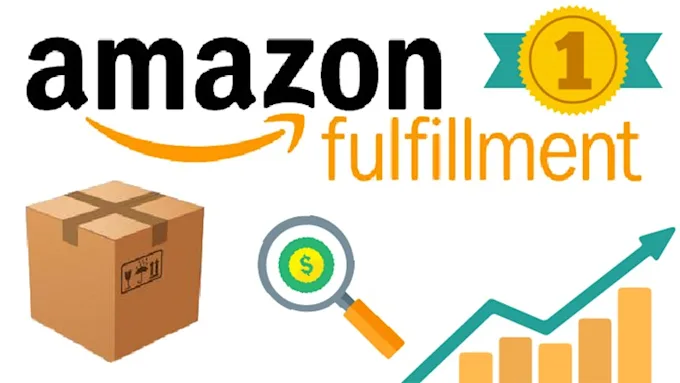In the ever-expanding world of self-publishing, authors are no longer tied to traditional publishing houses. Two of the most popular platforms in the independent publishing space are Amazon Kindle Direct Publishing (KDP) and IngramSpark. While both offer print-on-demand services, they differ greatly in terms of distribution, cost, and control. We’ll break down the key differences to help you decide which platform fits your publishing goals best in this Amazon KDP vs. IngramSpark guide.
What is Amazon KDP?
Amazon KDP is Amazon’s self-publishing platform that allows authors to publish and sell books directly through the Amazon marketplace. It supports both eBooks and print books (paperback and limited hardcover formats) and is widely known for its simplicity and accessibility. One of KDP’s biggest strengths is its built-in audience—Amazon’s global reach gives authors instant access to millions of potential readers.
KDP is also free to use, making it especially appealing to first-time authors. It doesn’t charge setup fees, and you can start publishing within hours of uploading your manuscript.
What is IngramSpark?
On the other side, IngramSpark is a self-publishing platform powered by the Ingram Content Group, one of the largest book distributors in the world. While it also supports print-on-demand services, IngramSpark focuses more on wider distribution, especially to brick-and-mortar bookstores, libraries, and academic institutions.
Unlike KDP, IngramSpark charges setup fees and tends to have a more complex onboarding process. However, its distribution network is a major advantage for authors who want their book to go beyond Amazon’s ecosystem.
Amazon KDP vs. IngramSpark: Print Quality and Options
One area where these platforms differ significantly is print quality. Amazon KDP offers decent-quality paperback and hardcover printing, but it’s limited in terms of customization. Authors have fewer trim size options and no choice of paper stock or special finishes.
IngramSpark, on the other hand, excels in professional-grade printing. You’ll find a wider variety of trim sizes, paper types, and cover finishes (like matte, gloss, or even dust jackets). If your book’s presentation is important—such as a photo book, children’s book, or professional-grade nonfiction—IngramSpark offers more flexibility.
Distribution Reach: Going Beyond Amazon
Distribution is where IngramSpark clearly pulls ahead. Amazon KDP is ideal if your primary goal is to sell through Amazon. It does offer an “Expanded Distribution” feature, but it comes with lower royalties and limited retail partnerships.
IngramSpark connects your book to over 39,000 retailers, including independent bookstores, Barnes & Noble, and global library systems. Importantly, books published via IngramSpark are returnable, a key requirement for many physical bookstores that refuse to stock non-returnable titles.
Royalties, Costs, and Control
In terms of royalties, Amazon KDP typically offers a 60% royalty rate on paperbacks (minus printing costs) and up to 70% on eBooks. IngramSpark allows authors to set a wholesale discount—typically between 30–55%—which directly affects how much you earn per sale.
While KDP is free to use, IngramSpark charges a setup fee per title and an additional fee for file revisions. However, many authors see these as worthwhile investments for access to bookstore shelves and global reach.
Should You Use Both Platforms?
This is a question many indie authors ask: Can I use both Amazon KDP and IngramSpark? The answer is yes—and for many, it’s the best approach.
A common strategy is to use Amazon KDP for publishing eBooks and paperbacks exclusively on Amazon, while using IngramSpark for broader distribution to bookstores and libraries. To avoid issues, be careful with ISBN assignments—each format (paperback, hardcover, eBook) must have a unique ISBN, and you should not use the free KDP ISBN if you plan to publish the same version through IngramSpark.
Which Platform Is Better for You?
Choosing between Amazon KDP vs. IngramSpark depends entirely on your goals as an author. If your main priority is speed, simplicity, and access to Amazon’s huge audience, KDP is the clear winner. But if you’re aiming for bookstore placement, higher print quality, and a professional publishing presence, IngramSpark may be worth the extra effort and investment.
Ultimately, using both platforms strategically can give you the best of both worlds—Amazon’s discoverability and IngramSpark’s wide distribution. This hybrid approach allows you to leverage the strengths of each service without being limited by the weaknesses of either. Many successful indie authors publish eBooks and paperbacks through KDP while utilizing IngramSpark solely for reaching physical bookstores and libraries.
Before committing, take time to assess your publishing goals, budget, and how important retail availability is to your strategy. Whether you’re writing your first book or managing a growing catalog, choosing the right platform (or combination) can make a significant difference in your visibility and long-term success as an author.


